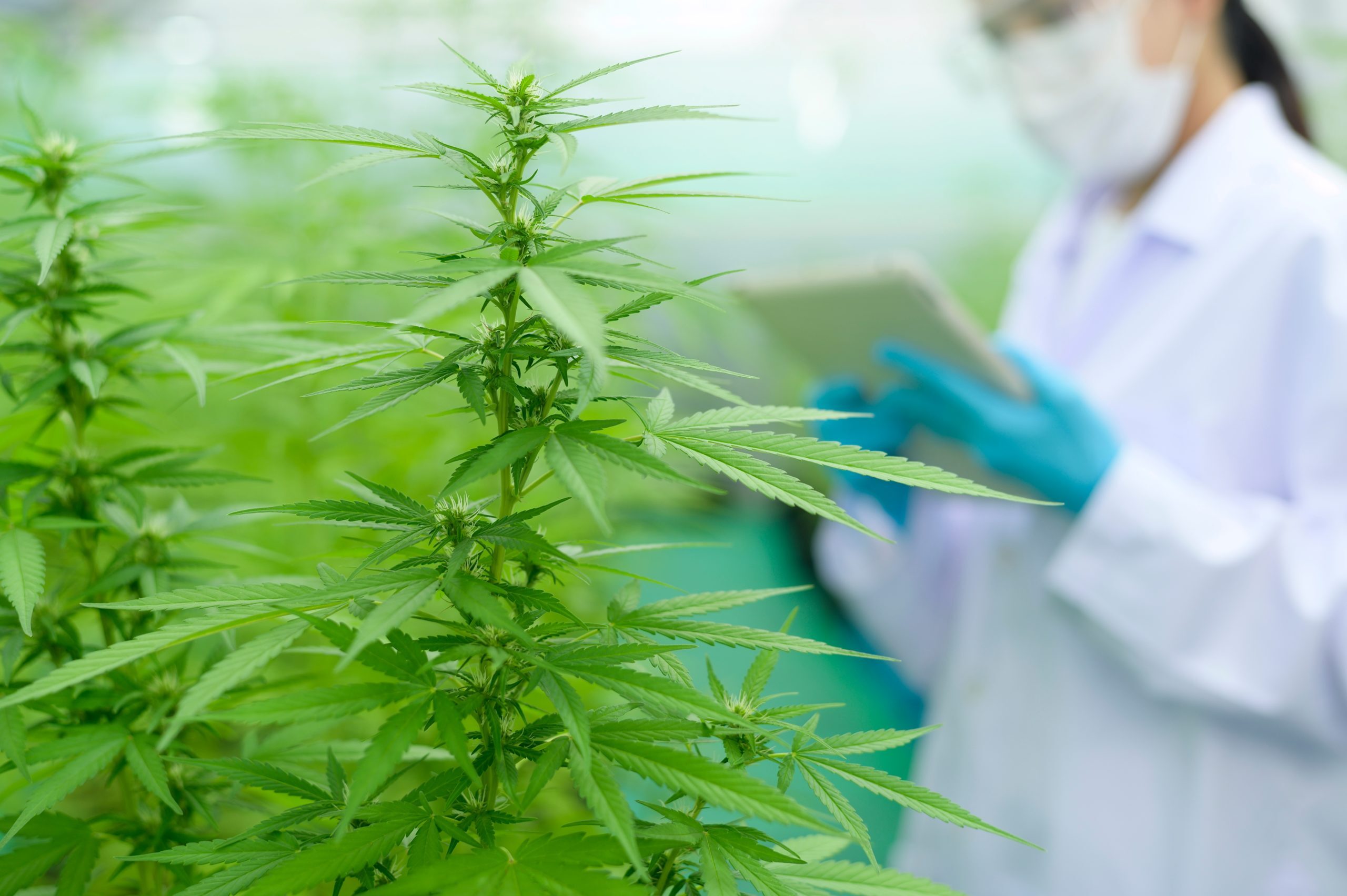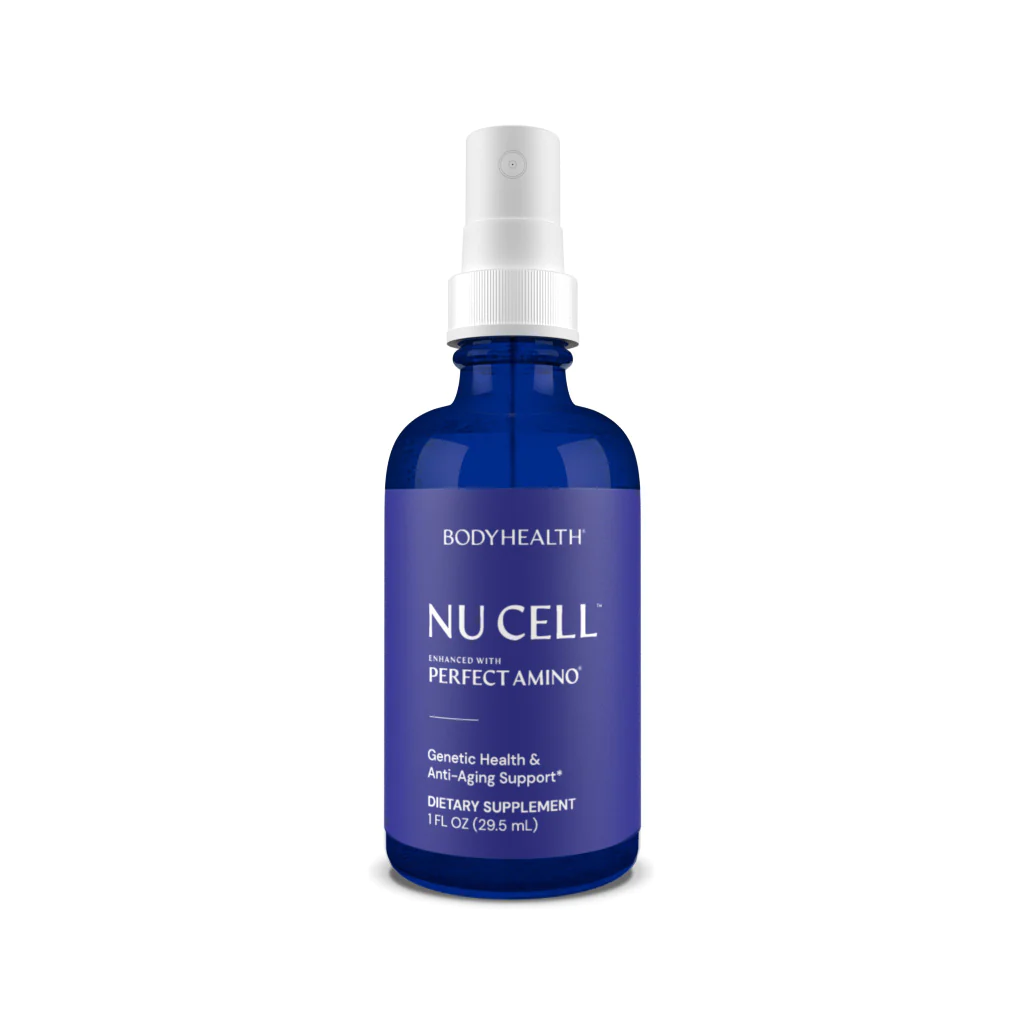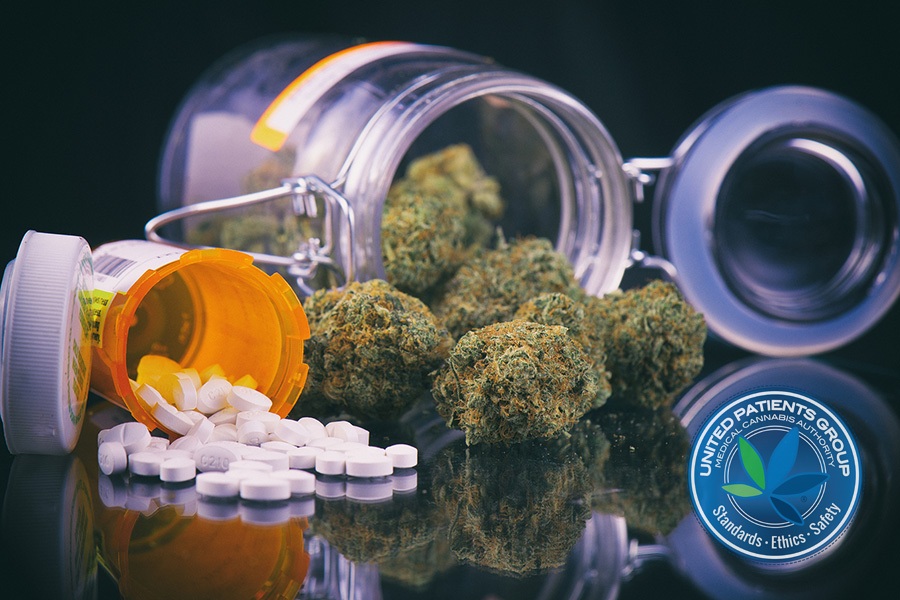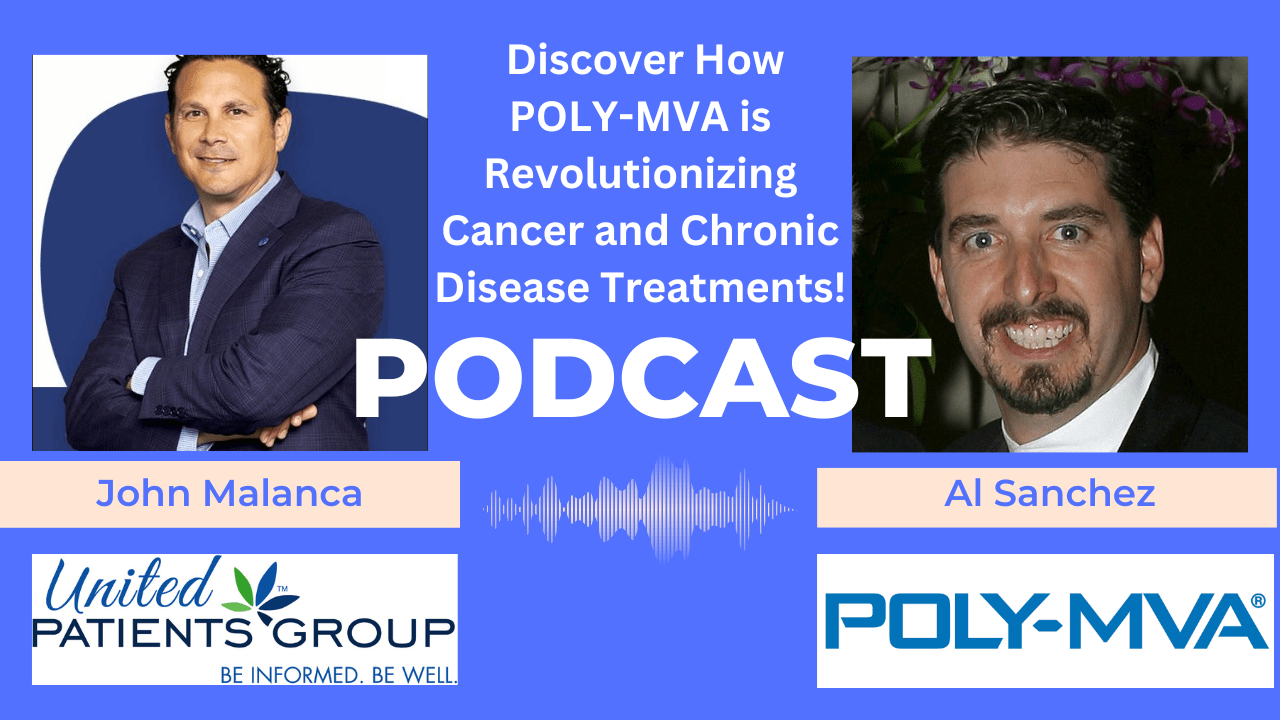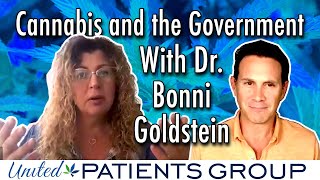Article Topics
The Endocannabinoid System
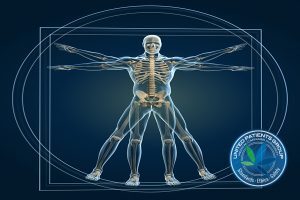
There’s a physiological system found in all vertebrates – and sea squirts and nematodes – named after cannabis: the endocannabinoid system. According to Dr. Dustin Sulak, “the endocannabinoid system may be the most important physiologic system involved in establishing and maintaining human health.” What is the endocannabinoid system, and what does it do that is so important for our health?
What is the ECS?
The ECS is one of the major systems in the human (mammalian) body whose function is to maintain a state of physiological balance aka homeostasis. It’s both a complex and mysterious system and scientists are just beginning to understand its dynamic functions and mechanisms.
Functions of the ECS
The primary function of the ECS is to maintain homeostasis and hence prevent disease. Homeostasis implies that the body’s physiology is in balance. When it comes to temperature, the body is neither too hot nor too cold. When the body is out of homeostasis disease occurs. Therefore, the ECS is responsible for regulating the following key functions in the body:
- Sleep
- Temperature
- Mood
- Hormonal function
- Appetite
- Memory
- Reproduction and fertility
- Learning and memory
- Chronic pain
As mentioned earlier, science is just beginning to catch up with the dynamic ECS and the key functions that it performs in health and disease. Therefore, information will keep evolving as more evidence is generated.
How Does the ECS work?
The ECS works primarily through the endocannabinoid CB1 and CB2 receptors. Bioactive molecules interact with these receptors and set off a cascade of reactions. To understand this better, let’s look at what makes up the ECS.
In order to understand the healing potential of the cannabis plant, it’s important to understand exactly how cannabinoids work within the brain. For that, we need to take a look at the endocannabinoid system (ECS). The ECS was first discovered in the 1990s by researchers studying the medical uses of Tetrahydrocannabinol (THC). And although there’s much to learn, the knowledge we have so far is extremely promising.
Parts of the ECS
(1) Endocannabinoids (anandamide & 2-AG)
(2) Cannabinoid receptors (g protein coupled receptors- CB1 and CB2)
(3) Metabolic enzymes. Anytime homeostasis is destabilized, the ECS triggers the release of enzymes that synthesize endocannabinoids to try and restore physiologic stability.
CB1 Receptors
The CB1 receptors are found in the central nervous system. You can also find the CB1receptor in connective tissues, glands, and organs. It is here that they are stimulated to alter physiological processes.
CB2 Receptors
These receptors are found in the peripheral nervous system, mostly affecting the immune system and inflammation. The process of inflammation is believed to be affected by these receptors and science is now showing that the CB2 receptor is a significant factor in the progression of most chronic diseases.
A 2018 study conducted by the University of Veterinary Medicine in Hannover confirmed that the ECS is involved in the functions of the central nervous system (CNS). Another 2012 study conducted by the University of Pisa confirmed the presence of CB1 and CB2 receptors in the skin of healthy dogs and those with dermatitis. The CB1 and CB2 receptors are key elements of the cannabinoid system. They set off endocannabinoid signaling to restore homeostasis.
Now we see enough scientific evidence to confirm that the ECS plays a key role in establishing homeostasis and preventing the progression of disease in the mammalian body, humans included. When the ECS is not functioning properly, numerous other physiologic processes from the nervous to peripheral systems are consequently affected.
Endocannabinoids
Just like CB1 and CB2 receptors, there are two main cannabinoids that make up the endogenous cannabinoid system in the human body. These two endocannabinoids are Anandamide and Arachidonic Acid (2AG) and they play a role in health and disease.
These endocannabinoids bind to receptors in the brain and throughout the body. Once they bind, they set off a chemical process that helps in restoring homeostasis. Endocannabinoids are synthesized on a needed basis and are quickly degraded by metabolic enzymes afterward.
Anandamide, also called the bliss molecule, has a high binding affinity to the CB1 receptor. When it binds to this receptor it causes happiness. THC also binds to this receptor with a high affinity. Arachidonic Acid acts on CB2 receptors that are found in the peripheral nervous system. Cannabidiol (CBD) also binds to CB2 receptors but with a weak affinity.
Metabolic Enzymes
These are enzymes that break down endocannabinoids and remove them from circulation once they have performed their role. The most important are fatty acid amide hydrolase (FAAH) which breaks down anandamide and monoacylglycerol acid lipase (MGAL) which breaks down 2-AG.
The Importance of Homeostasis
The main job of the endocannabinoid system (ECS) is to maintain balance (known as homeostasis) within the body as a whole in response to an ever-changing environment such as eating habits, level of stress, air quality, and much more.
Your ECS modulates or regulates your immune system. It doesn’t increase it or decrease it; it simply ensures it’s balanced. This is important if you have an autoimmune issue, for example. You don’t need more immune response because your body is over-responding. Even so, it’s also dangerous to diminish immune response too low because it could open you up to infection. It follows the same process as inflammation.
Your body requires inflammation to set up the process of healing. However, inflammation can happen when there is no injury. When this happens, the ECS kicks in to restore homeostasis.
In many ways, you can consider this balance of your ECS similar to that of nutrition. In the same way, you have Vitamin D receptors in the cells of your body in order to fulfill its need for this nutrient, you also have hundreds of cannabinoid receptors.
Also like Vitamin D, we can and do manufacture our own cannabinoids, most dominantly known are Anandamide and 2-AG (2-Arachidonoylglycerol). If you don’t create or consume enough Vitamin D, you have a deficiency. If we don’t create or consume sufficient cannabinoids, this deficiency can affect our health.
A lack of cannabinoids within our ECS has led to deficiencies that ultimately negatively impact our health. Science is just beginning to learn about all the benefits of the ECS, but we do see patterns in deficiencies. When the balance (homeostasis) is off, so is your entire body. This is where we start to see sleep issues, inflammation, fibromyalgia, and disease.
When the cells in your body do not work correctly, homeostatic balance is disrupted. The homeostatic imbalance may lead to a state of disease. Disease and cellular malfunction can be caused in two basic ways: by deficiency (cells not getting all they need) or toxicity (cells being poisoned by things they do not need).
When homeostasis is interrupted, your body can correct or worsen the problem, based on certain influences. In addition to inherited (genetic) influences, there are external influences that are based on lifestyle choices and environmental exposure. These factors together influence the body’s ability to maintain homeostatic balance.
So, the endocannabinoid system is designed to keep our bodily systems in a state of homeostasis so that we can stay healthy. But it also helps when those systems are damaged.
How Does the ECS Maintain Homeostasis?
The primary role of the ECS is to maintain homeostasis. It does this through its dynamic network of receptors. The ECS is one of the biggest contributors to homeostasis. Homeostasis is the “tendency toward a relatively stable equilibrium between interdependent elements, especially as maintained by physiological processes.” Cannabinoids help regulate homeostasis at every level of life, from subcellular levels to the organism itself.
One interesting way that endocannabinoids differ from other neurotransmitters is that they transmit information in retrograde. This means that instead of traveling from the presynaptic neuron to the postsynaptic, they can flow the opposite way. In doing so, endocannabinoids can provide feedback to the nervous system. For example, endocannabinoids will travel “upstream” to inform presynaptic neurons when a neuron is firing too quickly.
“At the site of an injury, for example, cannabinoids can be found decreasing the release of activators and sensitizers from the injured tissue. The cannabinoids will desensitize the nerve cell to prevent excessive firing, and calm nearby immune cells to prevent the release of pro-inflammatory substances.
Three different mechanisms of action on three different cell types for a single purpose: minimize the pain and damage caused by the injury,” says Dr. Sulak.
What makes cannabis unique are cannabinoids. What’s even more unique is that there is a direct relationship between the body systems of all vertebrates and the cannabinoids that exist in all three forms of cannabis: cannabis Indica, cannabis Sativa, and cannabis Ruderalis (hemp).
Research suggests that we can enhance the endocannabinoid system by supplementing with exogenous cannabinoids. Exogenous cannabinoids can help regulate homeostasis because we already have the organic infrastructure in place to receive them.
Dr. Sulak agrees that cannabis use can prevent disease and promote health by regulating endocannabinoid levels. He says, “Research have shown that small doses of cannabinoids from cannabis can signal the body to make more endocannabinoids and build more cannabinoid receptors.”
This could explain why so many cannabis users don’t feel the effects of cannabis the first time they use it. “More receptors increase a person’s sensitivity to cannabinoids; smaller doses have larger effects, and the individual has an enhanced baseline of endocannabinoid activity. I believe that small, regular doses of cannabis might act as a tonic to our most central physiologic healing system.”
What is Clinical Endocannabinoid Deficiency?
CECD refers to a “state of pathology” where endocannabinoid levels are insufficient to fully support homeostasis. Endocannabinoid Deficiency isn’t a disease itself but is an umbrella term encompassing conditions that arise from diminished endocannabinoid levels.
These conditions are sometimes called “functional conditions” or “central sensitivity syndromes.” They tend to be resistant to most treatments, so researchers are looking into cannabis-based treatments.
These conditions also generally involve more than one system – which makes sense when you look at the areas influenced by the ECS. For example, fibromyalgia involves the central and peripheral nervous systems, the immune system, the endocrine (hormonal) system, and even the digestive system. It’s also been linked to premature perimenopause, problems with conception, and early hysterectomy. Temperature sensitivity and poor memory are common symptoms. That seems like a grab-bag of unrelated problems until you think about homeostasis and the ECS.
We’re still early in the process of figuring out how to correct endocannabinoid deficiency, but the increasing availability of medical cannabis and CBD products has been largely embraced by the patient community and we’re likely to see a lot more research in that area as well.
Cannabinoids are being researched as potential treatments for a variety of conditions – not just those involving endocannabinoid deficiency.
Some of the illnesses being researched include:
- Alzheimer’s disease
- Cardiovascular disease
- Neurological, neurodegenerative, neurodevelopmental, and psychiatric illnesses
- Acute and chronic kidney disease
- Autoimmune diseases
- Chronic inflammatory diseases
- Chronic pain conditions
The American Medical Association (AMA) and the American College of Physicians are calling for more research into medical cannabis and its impact on humans. Until then, it’s important (especially for patients and consumers) to stay informed about the endocannabinoid system and the evolving science of medical cannabis.
Cannabis and the Endocannabinoid System
Think of endocannabinoids as unique keys that fit into millions of little locks throughout our bodies. Plant-based cannabinoids (known as phytocannabinoids) have the unique ability to mimic these keys and unlock doors that may otherwise have remained shut.
There’s evidence that medical cannabis can help with memory, epilepsy, autoimmune disease, brain trauma, stroke, PTSD, depression, and more. Cannabis is able to help with nearly all of these afflictions thanks to the endocannabinoid system. And although the current research is encouraging, we are still in the early stages of our journey. Thirty years ago, scientists had no idea that this extensive system even existed.
In herbal medicine, the whole plant is used to obtain maximum medicinal benefits. Just like other medicinally rich plants, each part of this miraculous plant has a role to play. These constituents interact within our bodies to bring back homeostasis and naturally stimulate healing from within. Rather than trying to get a quick fix with a pill that could leave you with a host of negative side effects, this process slowly helps the body heal in a way that promotes ongoing and overall health.
How Does THC Interact with the Endocannabinoid System?
Phytocannabinoids are cannabinoids found in plants such as cannabis. They are bound in the resin produced by plant trichomes. Delta-9-tetrahydrocannabinol (THC) and cannabidiol (CBD) are the most abundant cannabinoids found in cannabis. THC binds to CB1 receptors and is able to act on the brain and increase anandamide levels. In the process, THC triggers euphoria.
How Does CBD Interact with the Endocannabinoid System?
Pure CBD does not bind to CB1 receptors in the brain and therefore it does not cause euphoria. This means that CBD is non-intoxicating and very safe. The ECS may get destabilized by disease processes; in this case, it may be necessary to introduce phytocannabinoids to restore homeostasis. Because CBD and THC can interact with endocannabinoid receptors, they are able to restore homeostasis in the body. This ability forms the basis for the therapeutic potential of endocannabinoids.
Other phytocannabinoids that you are likely to come across in medical cannabis strains include cannabichromene (CBC), cannabigerol (CBG), and cannabinol (CBN).
The most well-known cannabinoids are Cannabidiol (CBD) and THC. In fact, there are at least 140 + different types of cannabinoids besides THC and CBD, and each has a different effect and purpose on the body. Other important cannabinoids include:
Tetrahydrocannabinolic Acid (THCA) is found in raw cannabis. When the plant is burned, this form of THC turns into Δ9-THC (or Delta 9-THC, which is psychoactive). This cannabinoid is mostly known as an anti-inflammatory, neuroprotectant, and antispasmodic. Some research also indicates that it can slow the growth of cancer cells.
Tetrahydrocannabivarin (THCV), which has anti-anxiety effects and can also suppress the appetite, is found in only a few cannabis strains.
Cannabidiolic Acid (CBDA) it is also found in raw cannabis and is a powerful anti-inflammatory.
Cannabidivarin (CBDV) is a lesser-known CBD version which is thought to play a role in gene expression as well as brain health. Some research shows that it may also help with epilepsy.
Cannabinol (CBN) can have a sedative effect which is also known as the sleep cannabinoid.
Cannabigerol (CBG) is an anti-bacterial, anti-inflammatory and antiproliferative against cancer cells. CBG can also promote bone growth and also has been known to help with relaxation.
Cannabichromene (CBC) is a pain reliever, antiproliferative against cancer cells, and bone growth promoter.
One thing is certain: we can expect the extensive study of cannabinoids and the endocannabinoid in the near future.
The Endocannabinoid System, Cannabis and the Future
Dr. Robert Melamede, former chair of biology at CU Colorado Springs, suggests that cannabinoids can even affect politics. The endocannabinoid system is largely responsible for controlling the process of neurogenesis: the regeneration of nerve cells. Neurogenesis is involved with neuronal plasticity and learning. In a paper published by NECSI Dr. Melamede says, “It is hypothesized that people with an endocannabinoid deficiency in critical areas of the brain will tend to look backward in time because that view minimizes the need for re-learning. Conversely, a robust endocannabinoid system equips an individual to adjust to the future by controlling the reformulation of old memories and patterns of behavior as new learning dictates.”
Of course, any given population will have a spectrum of endocannabinoid activity. There are many implications of this. “Individuals with a relative endocannabinoid deficiency in critical areas of the brain will have a greater tendency to agree with one other because they have a greater probability of looking into the past and trying to preserve the status quo. In contrast, individuals endowed with an above-average endocannabinoid system can better adjust to the novelty of a developing situation. The greater tendency for conservative consensus will tend to give the cannabinoid deficient population greater political power,” says Dr. Melamede.
This has weighty implications. If true, the same people with endocannabinoid deficiencies are the same people who are passing anti-cannabis legislation. As Dr. Melamede says, “The biological activity of cannabinoids goes against their genetics.” Could this partially explain why the FDA claims that marijuana has no medical benefits, despite mounting clinical and anecdotal evidence? Could it be “evolution in action?”
Conclusion
The endocannabinoid system has already been shown to be the most important internal regulation system in the human body – and we only discovered it 30 years ago! We know that the ECS is an intricate system of molecules and receptors that help regulate nearly every part of our physiology.
The ECS is designed to promote homeostasis and balance within our bodies. It can help to protect and heal us when we experience trauma or disease. But even the ECS can experience dysfunction.
That’s where cannabis comes in.
Exocannabinoids (or phytocannabinoids) are able to interact with your endocannabinoid receptors in the same way that endocannabinoids do. Maintaining a healthy ECS is paramount to leading a healthy life; cannabis seems to be the key to maintaining a healthy endocannabinoid system.
The key is Balance!

